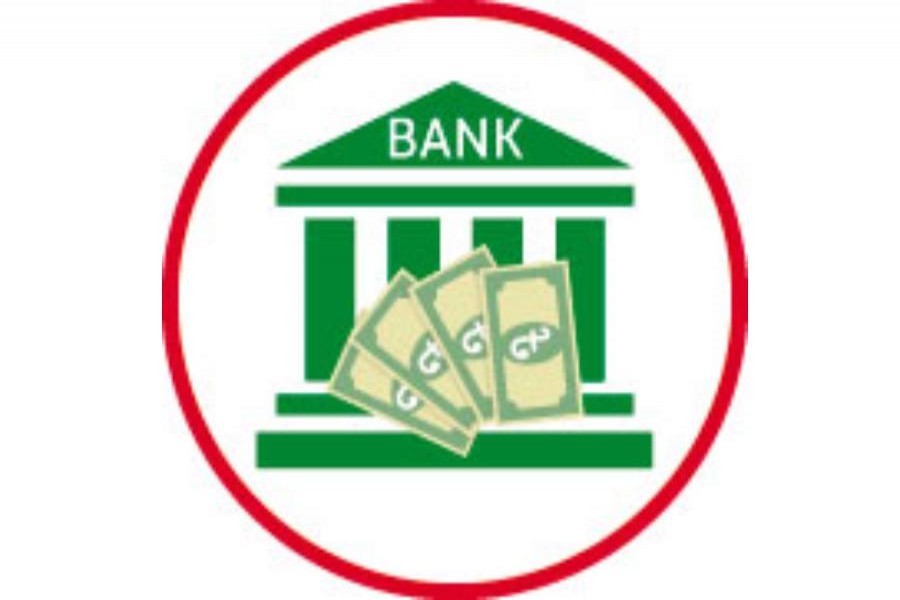Bangladesh Bank has come under serious criticism for not raising the policy rates to curb inflation, unlike the central banks of many countries that are using the tool, including the US Federal Reserve. Most economists argue that by not increasing policy rates, the central bank has undermined the fight against inflation. They also raise question on the central bank's efficiency in the country's monetary management and plead for removal of the existing caps on lending and deposit rates. A section of policymakers and business leaders, however, argues that there is little room for rate hike as higher rates of interest would hurt investment and trade financing.
It appears that the central bank is indifferent to the use of the critical monetary-policy tool, policy rates to be precise, aggressively to curb the inflationary pressure on the economy and the livelihood of the commoners. Inflation had jumped to 9.91 per cent in September, before taking a downturn. It came down to 8.91 per cent in October and further declined marginally to 8.85 per cent in November this year. Thus, the rate of inflation is still quite high, and unlikely to fall below 7 per cent in the near future. The central bank last increased the repo rate by 25 basis points to 5.75 per cent in September. Repo is the mechanism under which commercial banks borrow from the central bank for a short period, one day to 28 days to be specific. The banks usually borrow from the central bank against the Treasury bills and bonds in their hands under the mechanism.
Established monetary theory says that higher or excessive supply of money is the major cause of inflation. With easy availability of money on the market, mainly due to low rates of interest, consumers go for purchase of more goods and services. As supply of goods and services are limited, prices start to increase. The rise in price levels leads to higher inflation. As such, to cool the heat of inflation, central banks used to raise policy rates which ultimately force the commercial banks to increase their interest rates on deposits and lending. Allured by higher rates, depositors put more money in the banks. Borrowers also restrain themselves from borrowing from banks at higher costs. Thus, money supply decreases on the market and demand for goods also declines. Lower demand pulls down the prices and the ultimate outcome is reduced rate of inflation.
The rate hike is thus known as monetary-tightening process through interest-rate channel. The opposite thing is monetary loosening by reducing the policy rates to enhance money supply. Central banks usually adopt the policy to boost economic growth.
There are, however, some debates on the effectiveness of the monetary tightening to curb inflationary pressure. It is argued that rate hike does not always work to cut the inflation even after reducing the money supply. Moreover, a major challenge in Bangladesh to make the rate hike effective is the existing caps on interest rates. For the last two and a half years, deposit and lending rates have been static at 6.0 and 9.0 per cent respectively. Intervened by the finance ministry, the central bank was compelled to adopt the dictated regime of interest rate, which erodes the efficacy of the monetary tools. Without removing the interest caps, any hike in policy rate is unlikely to work modestly, let alone optimally.
At the end month of the last fiscal year (FY22), the CPI-based twelve-month average inflation stood at 6.15 per cent, surpassing the monetary policy's target ceiling of 5.30 per cent. For FY23, the target is 5.60 per cent on average and for the central bank it is impossible to bring down the inflation near to the targeted level. Annual average rate of inflation already reached 7.30 per cent in November.
As the central bank has made it clear that it will not lift the caps, especially on interest rates on corporate and industrial loans, further hike in policy rate will not drive the banks to increase either deposit or lending rate. In fact, banks are barred from raising rates beyond the '6 and 9' ceiling. Instead, they can reduce the rates further as there is no floor to do so. Now, if Bangladesh Bank enhances policy rate further and makes lending from the central bank costly for banks, banks may go for reducing deposit rates further to adjust the additional cost. It is unlikely to help reducing money supply and ease inflationary pressure.
Taking the reality into consideration, Bangladesh Bank has probably decided not to hike policy rate further. Is it an indication that the central bank has shifted its focus from inflation assuming that it is a losing battle for the monetary authority? There is no straight answer as containing the inflation is the prime objective of a central bank. Bangladesh Bank is also not an exception although it has not been applying the conventional monetary tools aggressively. Instead, it has adopted some unconventional approach to fight back inflation by focusing on supply side management. Easy refinancing to agriculture as well as small and medium enterprises (SMEs) may be considered such a move. The idea behind the low-cost refinancing is that banks will be able to provide cheap credits to farmers to support food production and to small businesses to continue their trading activities.
The Bangladesh Bank has also applied other tools like import restrictions and exchange-rate adjustment to contain import-induced inflation. Though rising cost of import is a major source of current inflation, some domestic factors are also there. Determining the domestic factors and their proportionate effect on inflation is important to advance fight against inflation. If the central bank presumes that there is little to worry about the current trend of inflation, it may lead to a negative consequence in the near future as fiscal authority alone can't fight against the inflation successfully.


